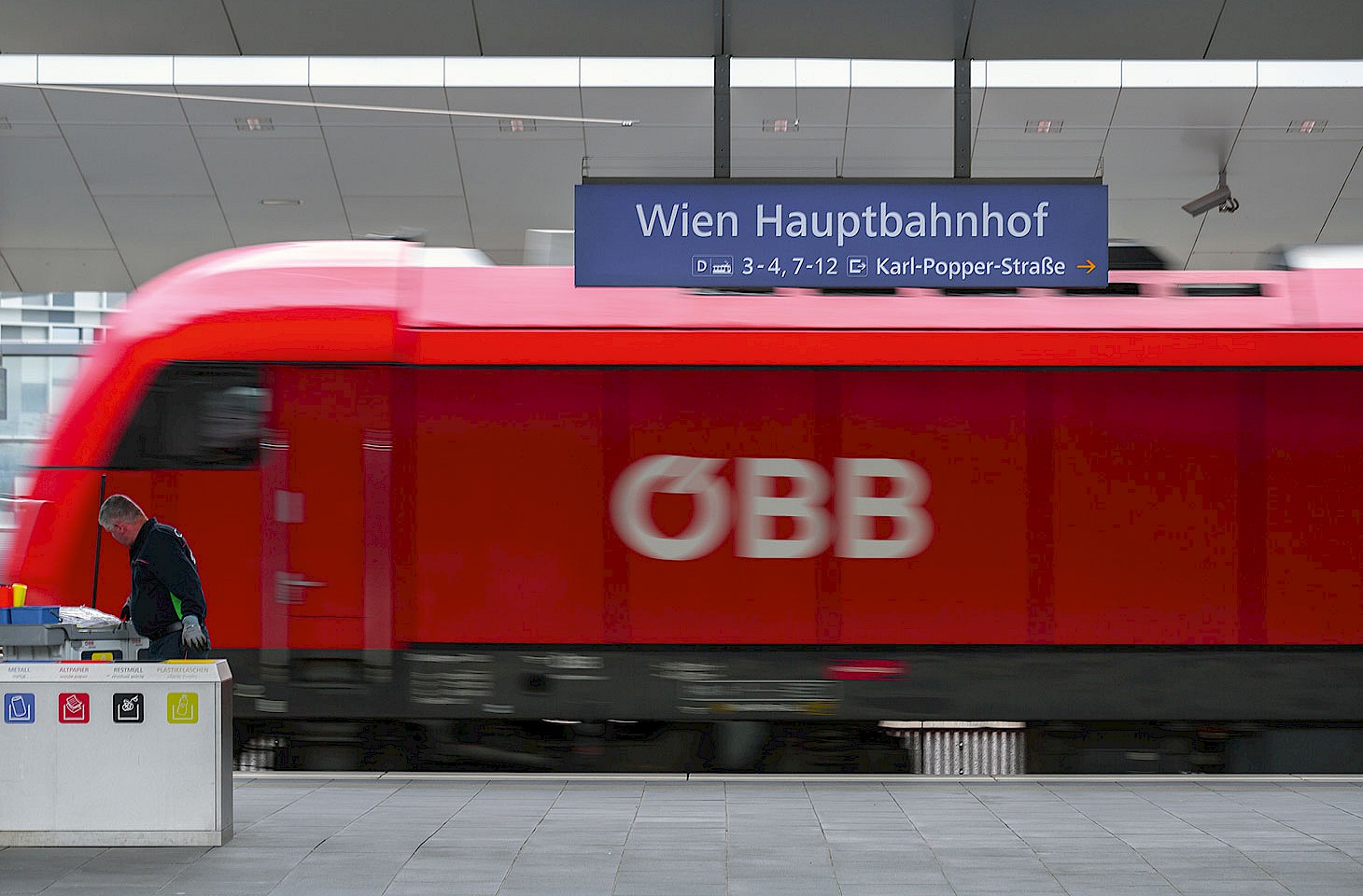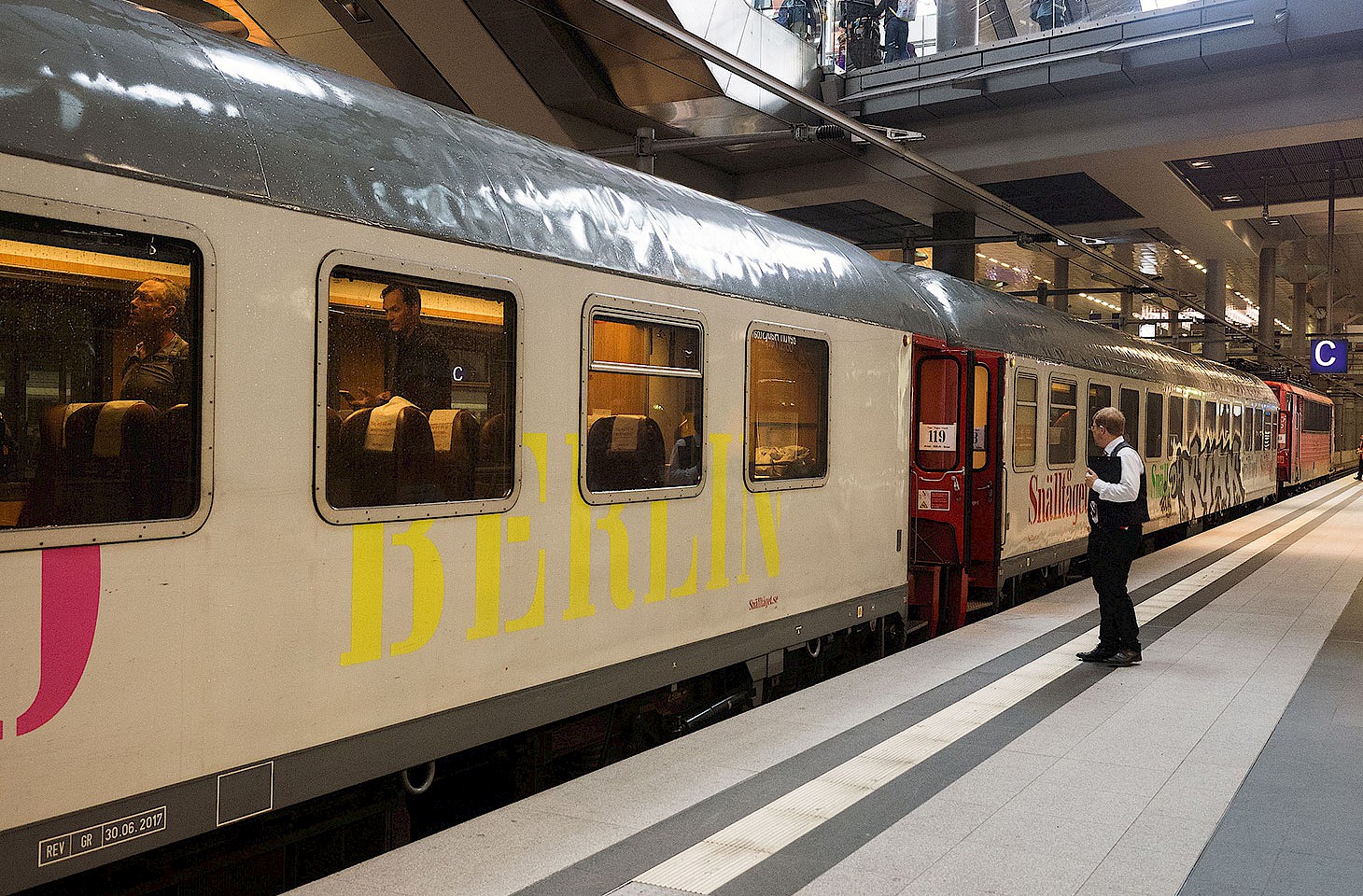When the tsars sponsored the development of Russia’s great railways, the iron roads of authority that crisscrossed the empire and pushed ever further into the wilderness, they had Russian interests in mind. Mikhail Reutern, who had a long stint as Minister of Finance in the eighteen sixties and seventies, was a passionate imperialist and technophile who understood the importance of the train. He wrote to Tsar Alexander II advising that "without railways, Russia cannot be secure within her borders." Yet once the trains were running, what was to stop non-Russians climbing aboard, and diluting the imperial venture? The Jewish communities of Russian Poland and western Russia appropriated the railway into their own culture and consciousness, and some of the most evocative Yiddish travel writing of the late nineteenth and early twentieth centuries focuses on trains and railway stations.
This year marks the centenary of the publication of one of the finest Yiddish novellas. Arum voksal ('Around the Train Station') by David Bergelson is an exemplary piece of railway travel writing.



